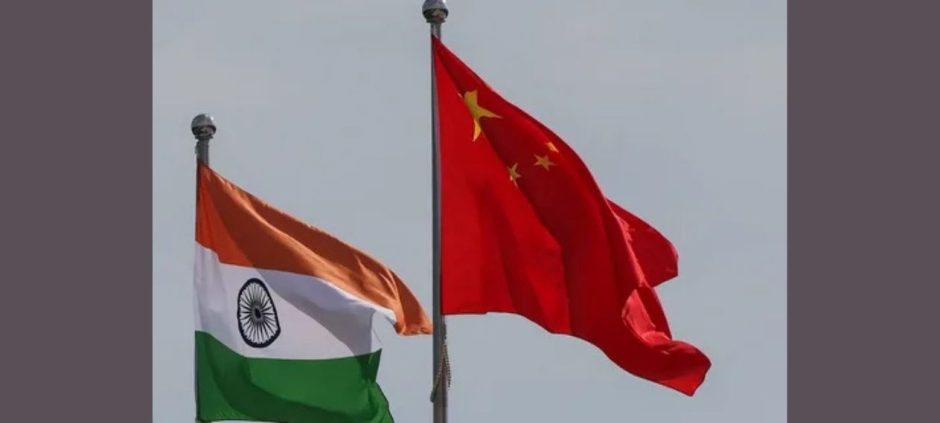India and China have entered a phase of renewed active communication over border control, marking a subtle yet meaningful shift in tensions along their shared frontier. The two neighbours recently held high‑level talks on the western sector of the border, where they agreed to strengthen military and diplomatic contact mechanisms.
In a statement released by China’s defence ministry, the nations “engaged in active and in‑depth communication on the control of the western section of the India‑China border.” Both sides committed to continuing dialogue through military and diplomatic channels, paving the way for better border management and fewer surprises on the ground.
This development comes after a landmark 2024 agreement designed to reduce military friction in the region, following the deadly 2020 clash in the Galwan Valley, which sent ties to a low point. The timing suggests that India is exploring deeper engagement with China beyond mere conflict management, possibly looking at broader economic and diplomatic normalisation while keeping the border under watch.
Interestingly, this shift in communication occurs alongside other international moves involving India. For example, the link between broader geopolitical alignments and border diplomacy shows changing dynamics of alliances and influence in Asia are underlined.
For India, this dialogue is critical. The border with China, especially the legendary but contested Line of Actual Control (LAC), has been a persistent flashpoint. Regular communication reduces the risk of misunderstanding, decreases troop frictions, and gives breathing room for diplomatic negotiations. On the Chinese side, engaging the dialogue may support its broader strategic vision of stabilising its periphery while managing global economic headwinds.
That said, scepticism remains. Analysts caution that even with active talks, concrete on‑ground disengagement or troop pull‑backs may progress slowly. The very phrase “active communication” hints at discussion more than immediate resolution. But for now, the gesture itself is meaningful in a region where quiet often masked tension.
In short, India‑China border control is back on the agenda, actively. The promise of communication is in itself a positive signal, but the real test will be whether it translates into fewer standoffs, clearer rules of engagement, and more stable regional relations.











